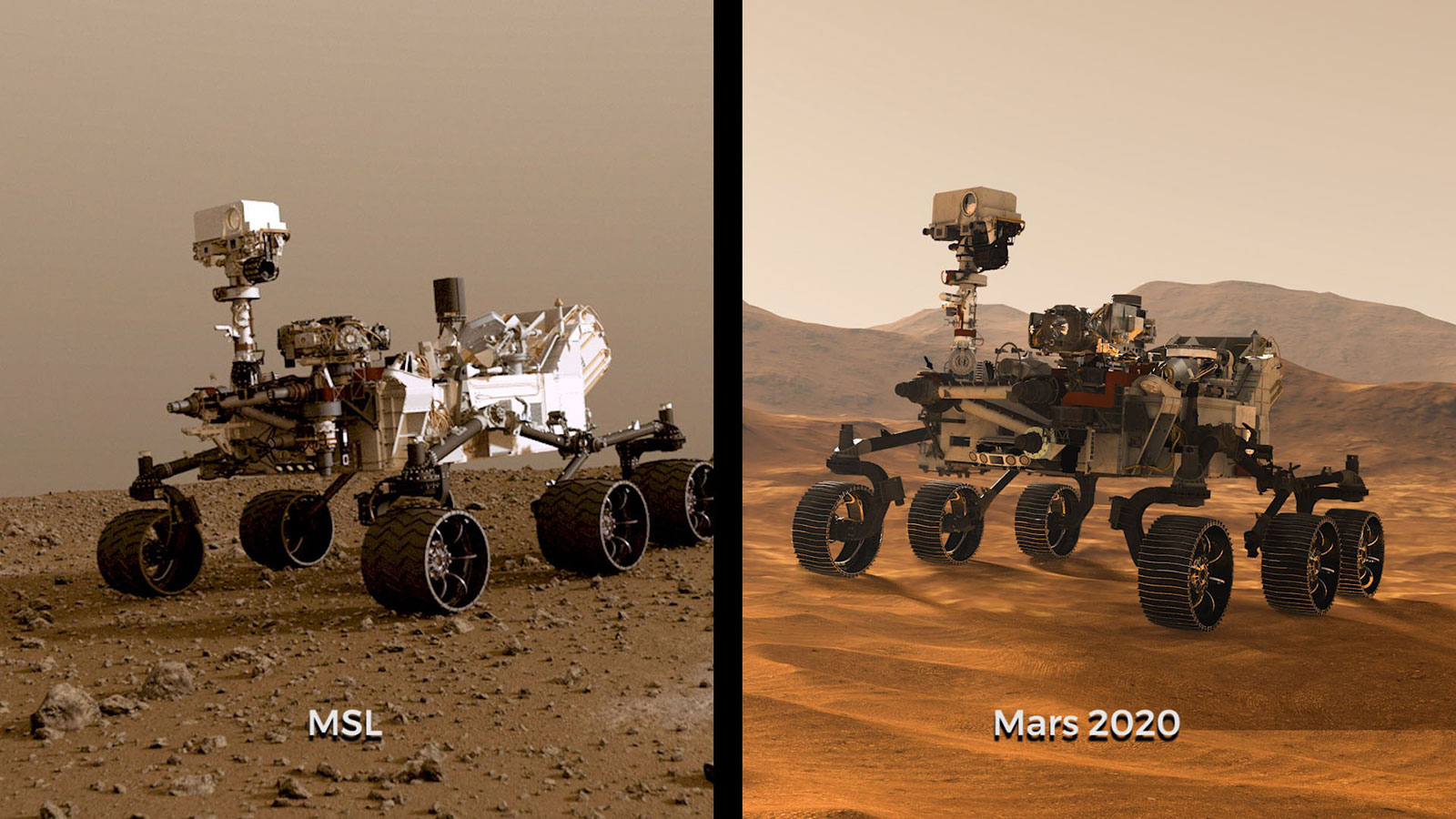Humanity Is Sending 3 New Rovers to Mars in 2020 to Look for Signs of Life
Credit to Author: Becky Ferreira| Date: Mon, 30 Dec 2019 17:20:43 +0000
The 2010s saw Mars welcome NASA’s Curiosity rover, which landed on the red planet in 2012, and bid farewell to the Opportunity rover, which was declared dead in February after 14 years on the Martian surface. Curiosity is now the only working rover on the planet, signaling the end of a decadal era in the exploration of Mars.
But even as this older generation of Mars-cars winds down, a flurry of new rover missions is gearing up to redefine Martian road trips for a new decade. Three different rovers are scheduled to launch to Mars during the summer of 2020: NASA’s Mars 2020 rover, Europe and Russia’s Rosalind Franklin, and China’s Huoxing-1.
If this trio manages to successfully land on Mars in 2021, it would mark the first time that the planet has ever hosted three operational rovers (or even four, assuming that Curiosity is still rolling). The presence of two rovers from agencies other than NASA would also diversify Martian surface operations after decades of American dominance on the planet.
Here’s what you need to know about this new era of Mars rovers, slated to launch in July and August 2020.
Mars 2020 rover
The Curiosity rover is a big success for NASA, so the agency decided to follow it with an enhanced version of the same model. The Mars 2020 rover, which will be officially named next year, is structurally derived from Curiosity, though it is a bit larger and heavier.
The 2020 rover will carry novel components such as the Mars Helicopter Scout, which will be the first aircraft to fly on another planet.

The rover will perform a “sky-crane” landing in Jezero Crater, a somewhat similar environment to Curiosity’s home in Gale Crater. Both craters were awash with water billions of years ago, making them ideal places to search for signs of past habitability.
Curiosity was tasked with finding the right ingredients and conditions for life, a goal that the mission achieved. The Mars 2020 rover will build on those results with instruments that can actually identify any potential fossils or biosignatures in the rocks it finds.
The rover is also equipped with a more robust drill than Curiosity, because a big part of its mission is to extract and cache samples that can be picked up by a planned future mission that will send the specimens back to Earth.
Rosalind Franklin rover
The Rosalind Franklin rover, named after the English chemist who pioneered DNA research, is the latest iteration of ExoMars, a joint mission series developed by the European Space Agency (ESA) and Roscosmos, the Russian space agency.
The rover is about a third of the size of Curiosity, and will also be focused on looking for signs of past life on Mars. Though its official landing site has not yet been announced, the likely target is a crater in a region called Oxia Planum, which appears to have clay deposits that indicate water was present billions of years ago.
Rosalind Franklin will be delivered to the surface by a Russian lander called Kazachok, which will have its own suite of instruments. The landing sequence might be especially nerve-wracking for ESA and Roscosmos scientists because the previous ExoMars lander, Schiaparelli, crashed on Mars in 2016. Fingers crossed that Kazachok and Rosalind don’t meet the same fate.
Huoxing-1 rover
China’s space agency has landed two lunar rovers within the past six years, one of which is currently exploring the far side of the Moon for the first time. Now, the China Aerospace Science and Technology Corporation (CASC) is preparing to send a rover to Mars which, if successful, would mark the nation’s first mission outside the Earth-Moon system.
Much like Mars 2020, the rover has a placeholder name, Huoxing-1 (Mars-1), but it will probably be renamed before its launch next summer. Huoxing-1 is the smallest of the new generation of rovers, and is about 150 pounds lighter than Rosalind Franklin. But it will pursue a similar mission to its peers: hunting for biosignatures and signs of life on the Martian surface.
The mission leads haven’t selected a final site for Huoxing-1, but the preferred targets are the smooth plains of either Chryse Planitia or Isidis Planitia, according to SpaceNews. The mission will also include a stationary lander and an orbiter.
This article originally appeared on VICE US.